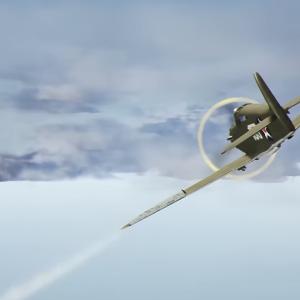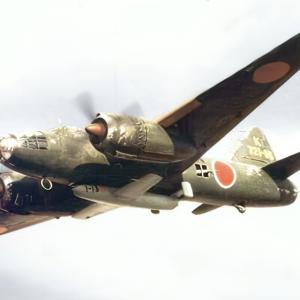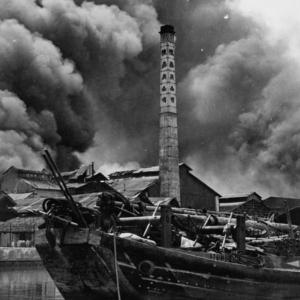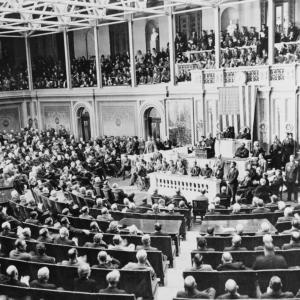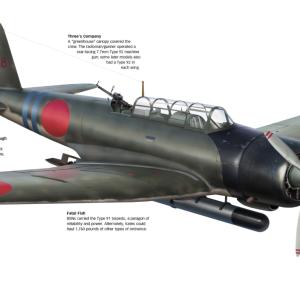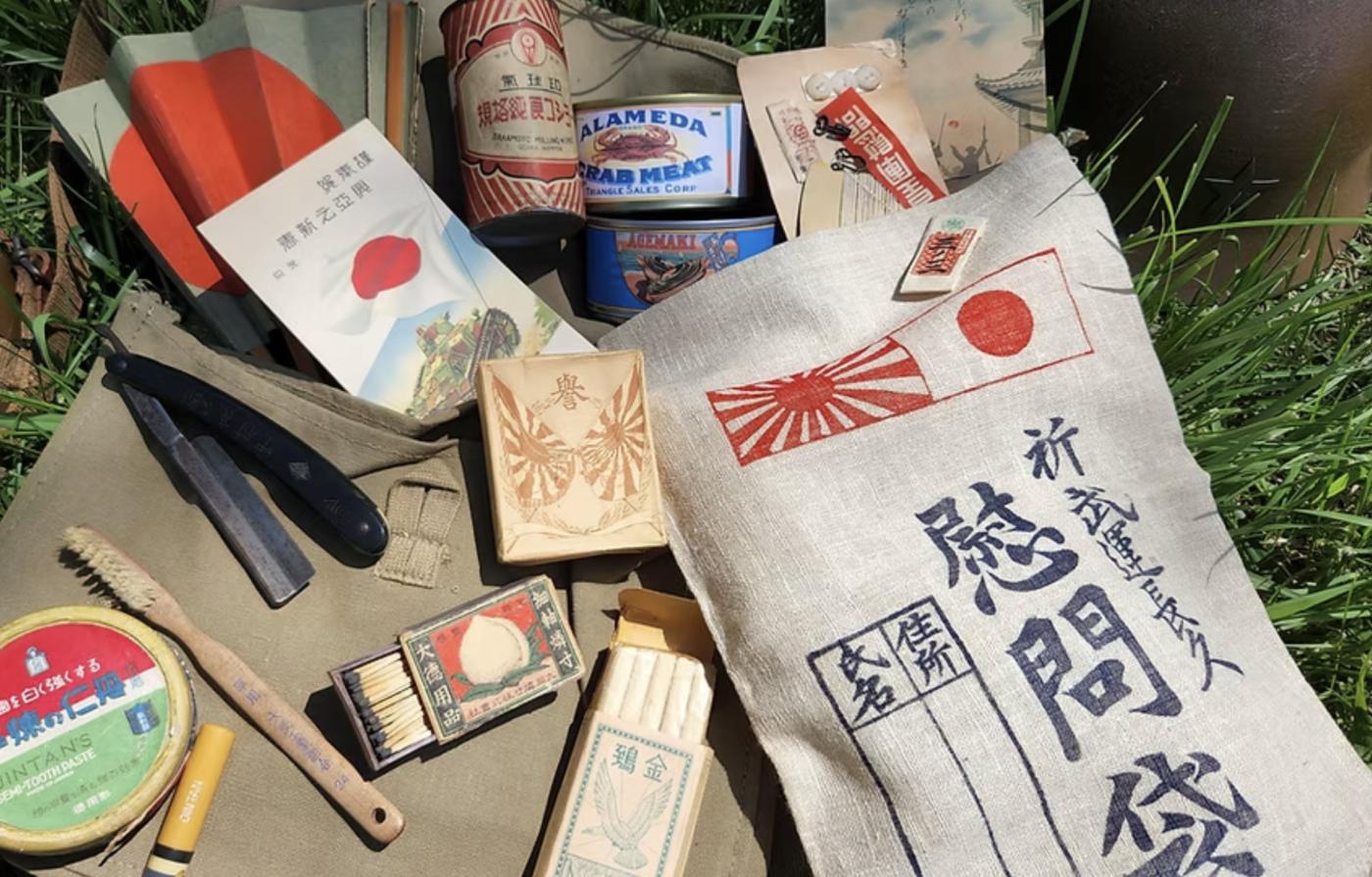
Japanese Rations
During World War II, Japanese soldiers relied on a range of rations designed to support them in various combat conditions, from the jungles of Southeast Asia to the cold mountains of China. The Japanese military, influenced by both traditional Japanese dietary customs and the logistical challenges of a prolonged war, developed several types of rations depending on the situation: base rations, field rations, emergency rations, and substitute rations when resources were scarce.
The standard daily ration for a Japanese soldier was known as the "Type 1" or "regular" ration. It typically included about 660 grams of rice, sometimes mixed with barley to stretch supplies. Rice formed the central component of the Japanese diet and was often steamed or boiled in large communal pots. Alongside rice, soldiers were issued small amounts of pickled vegetables like umeboshi (sour plum), daikon (radish), or cucumbers to aid digestion and provide flavor. Soy-based items such as miso paste or soy sauce were also included, sometimes used to season the rice or make soups.
Proteins were scarce and limited. The average soldier might receive a small serving of dried fish, canned fish (such as mackerel or sardines), or sometimes preserved meat like dried beef. Occasionally, tofu or fermented soy products were used as meat substitutes. Fresh meat or fish was a luxury and usually only available near supply bases or in rare resupply moments. Eggs, when available, were usually hard-boiled or dried.
Soup was an essential part of the diet, especially miso soup, which was easy to prepare and comforting. It helped compensate for the otherwise dry and monotonous meals. Green tea powder was often issued, and it served both as a drink and, when mixed with hot water, a morale booster.
The "Type 2" or "field" ration was more compact and designed for troops on the move. This ration typically included rice balls wrapped in bamboo leaves or rice baked into hard cakes. These were easier to carry and preserved better in the field. Pickles, dried seaweed, and small packets of salt were common additions. A hard biscuit known as "kanpan" (similar to a hardtack *blocked text*) was sometimes included, along with sugar cubes or sweetened beans for energy. These meals were often eaten cold and without much preparation, reflecting the harsh realities of mobile warfare.
For extended operations or when separated from supply lines, soldiers carried emergency rations. These were often vacuum-packed and consisted of items like dried rice, dehydrated vegetables, hard candy, or small portions of preserved fish. Some rations included vitamin supplements or energy tablets, especially in the later years of the war when malnutrition became a serious issue.
Due to shortages and the breakdown of supply chains, especially in the Pacific islands, substitute rations became more common as the war dragged on. Soldiers resorted to foraging, eating local plants, coconuts, or even insects and small animals when necessary. In some desperate cases, Japanese troops went without food for days or relied on captured enemy rations.
The nutritional value of Japanese rations was often inadequate. Caloric intake was below what a soldier in active combat typically needed, especially in tropical climates where energy expenditure was high. The lack of variety and protein led to widespread malnutrition, vitamin deficiencies (like beriberi, caused by a lack of vitamin B1), and low morale. Despite this, Japanese soldiers were expected to endure extreme hardships, with cultural emphasis on endurance and sacrifice reinforcing a stoic attitude toward hunger.
Food preparation in the field was rudimentary. When cooking was possible, rice was steamed in mess tins or in makeshift clay pots. Fires were made quickly and often hidden to avoid enemy detection. In jungles and islands, Japanese soldiers built small field kitchens using scavenged materials and cooked communally whenever possible.
In contrast to the American forces, who benefited from more varied and industrially produced rations like C-rations and K-rations, Japanese troops operated with limited logistical support. Their reliance on traditional food, the challenges of long supply lines, and Japan’s limited industrial capacity meant that the quality and quantity of food could not keep up with the demands of global warfare.

